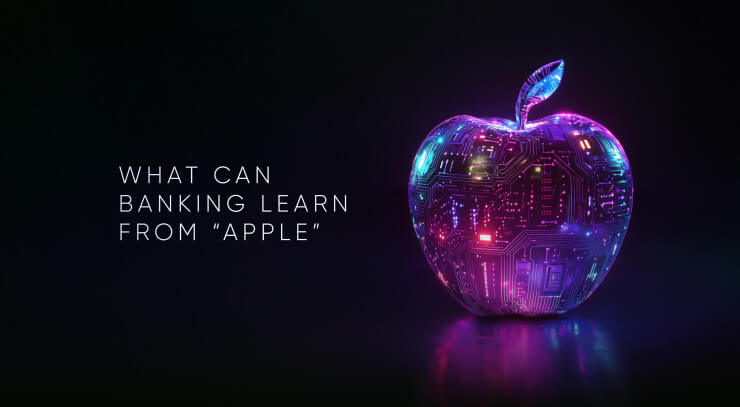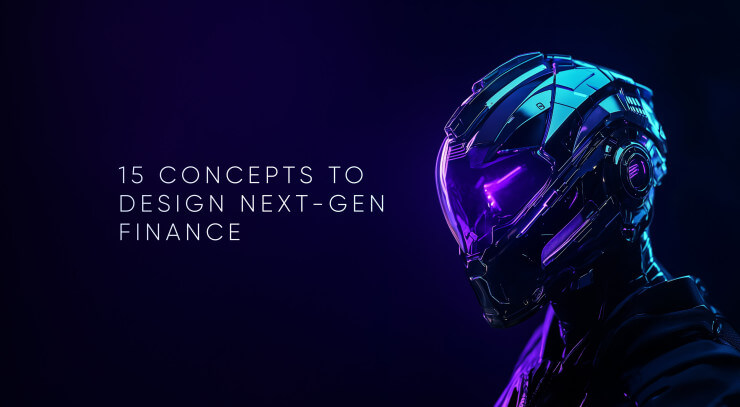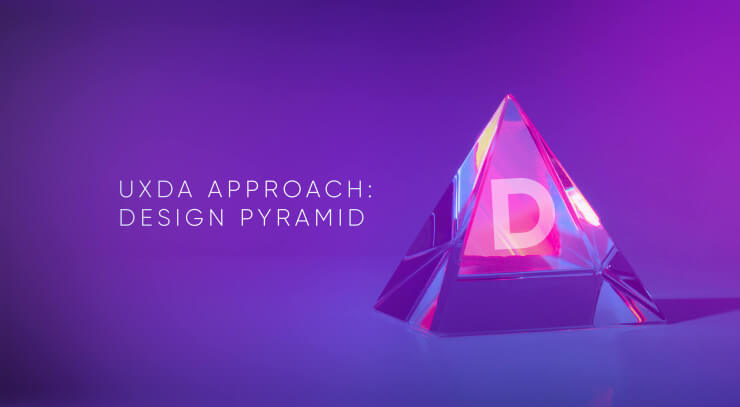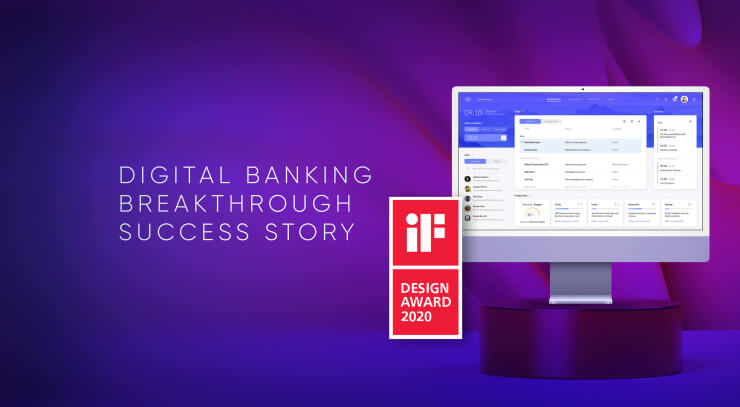What is design thinking in banking?
Design thinking in banking is used as a design concept creation framework that was developed from creativity techniques that first appeared in the 1950s. The design thinking process flow allows the generation of innovative product ideas that match user needs and expectations. A design thinking approach to innovation is a problem-solving methodology that consists of 5 basic steps: Empathize, Define, Ideate, Prototype and Test.
Thus, design thinking in finance is a five-stage process used to architect digital financial products. At UXDA, we explain all the steps using the Double Diamond model, in which the first diamond helps to define the Problem, and the second one helps to find the Solution. Using an empathic approach to design thinking, the UX design process helps to identify valuable insights about the financial product from a customer perspective. That is why the importance of the design thinking process cannot be underestimated.
UXDA uses the benefits of the design thinking approach as part of its unique financial UX design methodology to ensure a step-by-step process in engineering digital financial solutions.
Check out the best UXDA articles about design thinking in banking.
Perfecting Digital Banking Interface: Try It the Apple Way
Many banks believe that packing their apps with countless features and the latest technology will attract and retain users. However, this approach often results in the opposite effect, driving users away due to overwhelming complexity.
15 Design Concepts Every Financial Product Owner Should Know and Use
These principles enhance user experience, ensure products are efficient and engaging and align with business goals. By applying these design concepts, financial product owners can create user-friendly, intuitive, next-gen digital services that empathize with users, organize content logically and design accessible, visually appealing interactions.
UX Audit: The Key to Digital Banking Excellence Everyone’s Ignoring
Customer-centric UX audit bridges the data and human experience, transforming raw information into actionable insights. This approach is not about embarking on grand, resource-intensive research projects but about switching angles to detect the most impactful areas for improvement.
Design Maturity: The Hidden Danger that Blocks Innovation in Banks
A study by InVision surveyed 2,200 companies worldwide, revealing that design maturity significantly impacts key business success indicators. Mature companies with a strong design focus enjoy a five times higher impact on revenue, cost savings, and time to market compared to less mature ones.
UXDA's Design Pyramid: Implementing DesignOps in Banks and FIs
DesignOps is a system of operations and processes that amplify the value and impact of design in a financial organization, increasing its customer-centricity and creativity.
How To Improve Customer Experience in Banking
It's no secret - user experience is what differentiates demanded digital financial products from failures. The question is - how to keep up, creating a customer experience that WOWs?
Digital Banking Customer Experience Challenges Resolved Through Design
How to ensure a positive banking customer experience? Uncover it through 20+ customer experience researches and banking CX design tips.
Digital Banking Breakthrough Success Story: From Outdated to Award-winning Core Banking
For anyone who knows how the banking back-office system looks like it would be a surprise that something of such complexity can win the Academy award of design - the IF design award. There’s a story behind every grand victory and we want to share it with you today.
Provide Maximum Value to Digital Customers in Finance
How can financial companies survive the GAFA attack and ensure a successful digital transformation while it's not too late? The only way to avoid losing clients is to focus sharply on the value financial product provides to the customers.
UXDA On The Banking Transformed Podcast By Jim Marous
On the Banking Transformed podcast by the world's TOP 3 influencer Jim Marous UXDA CEO Alex Kreger and Inspiration officer Monika discusses how organizations can use design thinking and improve internal processes, develop better products and services, and enhance the digital consumer experience.
How To Implement Design Thinking In Banking
Find out what is the definition of the Design Thinking in banking, what steps the process includes and how to implement Design Thinking to overcome challenges.
- 1
- 2

















